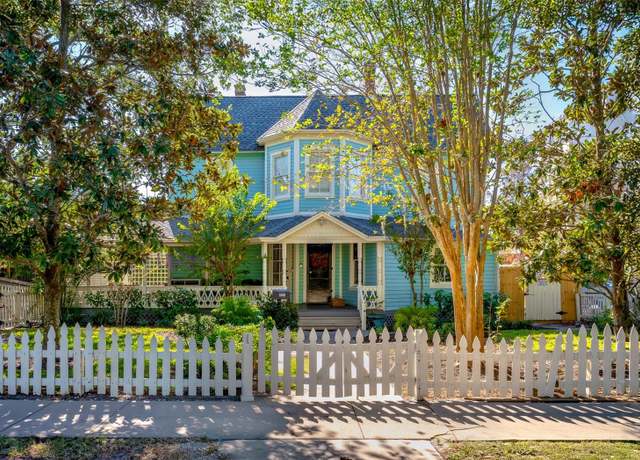Point Pleasant, Bradenton's only residential neighborhood adjacent to downtown, stands as a testament to the city's rich history and commitment to community-centric living. Its tree-lined streets and historic homes offer residents a unique, walkable environment that fosters both physical health and social cohesion. However, recent zoning proposals threaten to alter this cherished landscape, potentially undermining the very essence of what makes Point Pleasant so special.
The Health Imperative of Walkable Neighborhoods
A recent study published in Preventive Medicine underscores the profound health benefits associated with walkable communities. The research indicates that neighborhoods designed to encourage walking are linked to lower obesity rates, improved mental health, and reduced incidence of chronic diseases such as hypertension and cardiovascular conditions. These findings align with broader evidence suggesting that increased physical activity, facilitated by walkable environments, can significantly enhance overall well-being. ScienceDirect
Zoning Changes and Their Potential Impact
The proposed rezoning of areas within Point Pleasant from T4-O and T4-R to T5, as detailed in the February 26, 2025, Planning Commission agenda, aims to align the neighborhood's zoning with that of the Urban Central Business District. While proponents argue that such changes could spur economic development, it's crucial to consider the potential ramifications on the neighborhood's walkability and residential character. CloudFront
Historically, similar zoning alterations in Florida cities like Clearwater and St. Petersburg have led to the erosion of historic neighborhoods, resulting in increased traffic congestion, reduced pedestrian safety, and a decline in community engagement. The introduction of high-density commercial and mixed-use developments often disrupts the pedestrian-friendly nature of these areas, diminishing the quality of life for residents.
Beyond Riverwalk: The Unique Value of Neighborhood Walkability
Some may argue that the nearby Riverwalk provides ample opportunities for walking and recreation, suggesting that changes within Point Pleasant would have minimal impact on residents' ability to engage in physical activity. While Riverwalk is indeed a valuable asset, it serves a different purpose compared to the intimate, community-focused walkability inherent to Point Pleasant.
Walking within one's neighborhood fosters direct engagement with neighbors, strengthens social ties, and enhances the sense of community belonging. The diverse architectural styles and historic charm of Point Pleasant's homes offer a dynamic and enriching walking experience that contrasts with the uniform scenery along the waterfront. Moreover, neighborhood walkability supports daily activities such as walking to local shops, schools, and parks, promoting a lifestyle that integrates physical activity seamlessly into everyday routines.
Preserving Point Pleasant's Walkable Heritage
Maintaining the walkability of Point Pleasant is not merely about preserving a mode of transportation; it's about safeguarding a way of life that prioritizes health, community, and historical integrity. As the city contemplates zoning changes, it's imperative to weigh the potential economic benefits against the long-term impact on residents' well-being and the neighborhood's character.
Engaging in open dialogues with stakeholders, conducting comprehensive impact assessments, and exploring alternative development strategies can help ensure that Point Pleasant remains a vibrant, walkable community for generations to come. By valuing and protecting the unique attributes that define this historic neighborhood, Bradenton can demonstrate a commitment to sustainable urban planning that honors both its past and its future.
In conclusion, the proposed zoning changes pose significant challenges to the preservation of Point Pleasant's walkability. Recognizing the multifaceted benefits of pedestrian-friendly neighborhoods—from health improvements to strengthened community bonds—is essential in making informed decisions that uphold the values and quality of life cherished by Point Pleasant residents.
